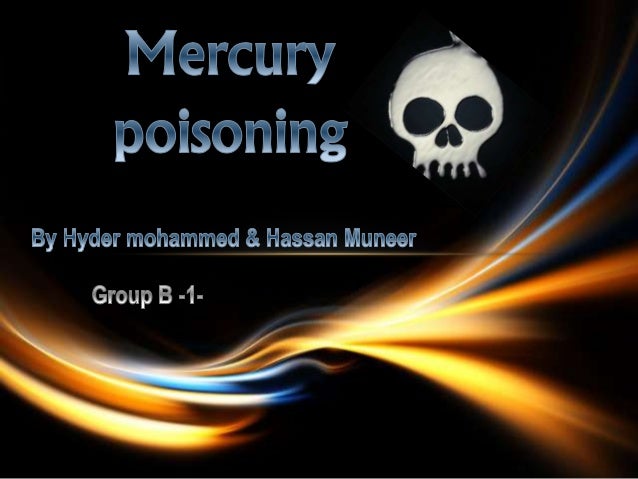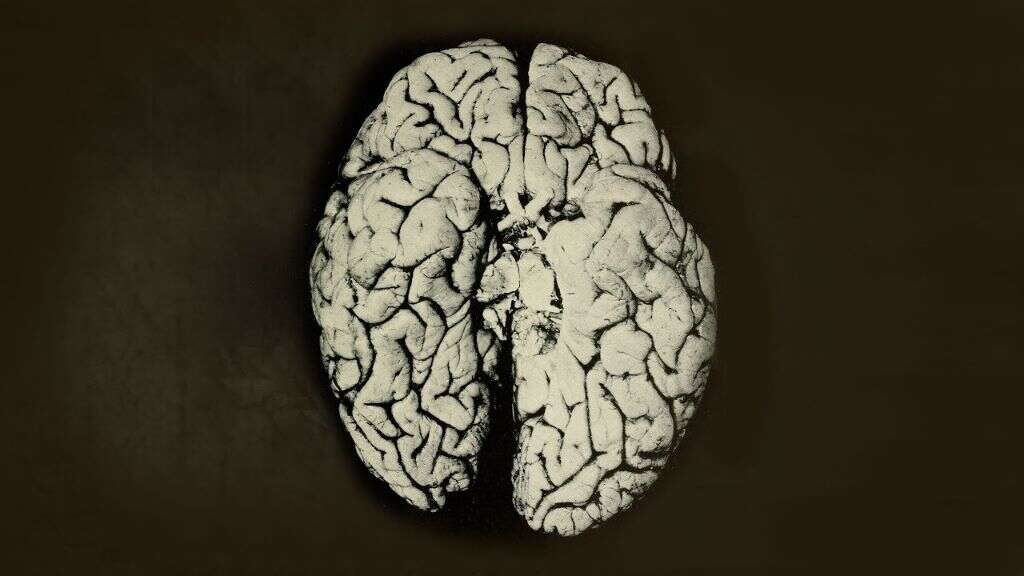

#Mercury poisoning skin#
Ingestion and Skin Contact Mercury Poisoning Any heating of elemental mercury increases its rate of vaporization (slow vaporization occurs at room temperature) which worsens inhalation exposure. Inhalation poisoning occurs when elemental mercury is vaporized, usually in a closed indoor space, when products such as thermometers, medical equipment, valves or other products are broken open and elemental mercury escapes.

Poisoning of humans can occur from inhalation, ingestion, or skin contact with the various forms of mercury. Mercury poisoning can be caused by all forms of mercury (elemental, vapor, inorganic, and organic). The most recent problem cream was identified in 1996 from Mexico named "Crèma de Belleza-Manning." Over 2,200 people were diagnosed and over 1,700 deaths were eventually attributed to methylmercury toxicity. Studies from about 1956 to 1960 suggested the unusual symptoms (neurological) found in people in this area could be traced back to industrial wastewater containing methylmercury. The classic example of such a disaster is the contamination of Minamata Bay in Japan, where the term Minamata disease originated. Outbreaks of mercury poisoning usually occur when there is an industrial release of mercury or methylmercury into the environment. This damage can be drastic and eventually precipitate failure of organ systems such as the lungs, kidneys or the nervous system. Mercury binds to sulfhydryl groups in many tissue enzymes and proteins, and thereby causes direct damage to cells and their functions.
Following guidelines can reduce or eliminate toxic mercury exposures. However, guidelines are available for the prudent use, consumption and disposal of items containing forms of mercury. Such items are all potential sources of mercury poisoning. For example, coal burning power plants emit mercury (the highest source of mercury put into the air), home thermometers, "button" batteries, the new energy-saving fluorescent light bulbs, and seafood (shellfish, tuna, marlin and many others). They are present in many workplaces and in the home. There are numerous items that contain mercury in its various forms that can cause a toxic exposure.  Although various forms of mercury can cause some different symptoms, the effects that are most toxic occur in the brain and nervous system. The human fetus and medically compromised people (for example, patients with lung or kidney problems) are the most susceptible to the toxic effects of mercury. Some elemental and chemical forms of mercury (vapor, methylmercury, inorganic mercury) are more toxic than other forms. The problem with mercury is that if humans are exposed to it, depending on the amount (dose), route (ingestion, skin contact, inhalation), and duration (time) of exposure, mercury can be toxic to humans. The phrase "Mad as a Hatter" originated in the 1800's from the observation that people (hatters) who used mercury to process felt for hats often developed mental changes. Eventually, scientists, physicians and others realized the various forms of mercury caused health problems. Mercury has been used for centuries as a medicine, to make amalgams, and in many industrial applications. Scientifically, the symbol for mercury is Hg and its element number is 80. Mercury exists in several forms such as a liquid metal (quicksilver), as a vapor, and in compounds (organic and inorganic). The largest deposits on earth are as cinnabar (mercuric sulfide). Even trace amounts can be found in the air. Mercury is an element that is found all over the earth, in soil, rocks, and water. Picture of a blood sample about to be tested for mercury poisoning.
Although various forms of mercury can cause some different symptoms, the effects that are most toxic occur in the brain and nervous system. The human fetus and medically compromised people (for example, patients with lung or kidney problems) are the most susceptible to the toxic effects of mercury. Some elemental and chemical forms of mercury (vapor, methylmercury, inorganic mercury) are more toxic than other forms. The problem with mercury is that if humans are exposed to it, depending on the amount (dose), route (ingestion, skin contact, inhalation), and duration (time) of exposure, mercury can be toxic to humans. The phrase "Mad as a Hatter" originated in the 1800's from the observation that people (hatters) who used mercury to process felt for hats often developed mental changes. Eventually, scientists, physicians and others realized the various forms of mercury caused health problems. Mercury has been used for centuries as a medicine, to make amalgams, and in many industrial applications. Scientifically, the symbol for mercury is Hg and its element number is 80. Mercury exists in several forms such as a liquid metal (quicksilver), as a vapor, and in compounds (organic and inorganic). The largest deposits on earth are as cinnabar (mercuric sulfide). Even trace amounts can be found in the air. Mercury is an element that is found all over the earth, in soil, rocks, and water. Picture of a blood sample about to be tested for mercury poisoning.







 0 kommentar(er)
0 kommentar(er)
